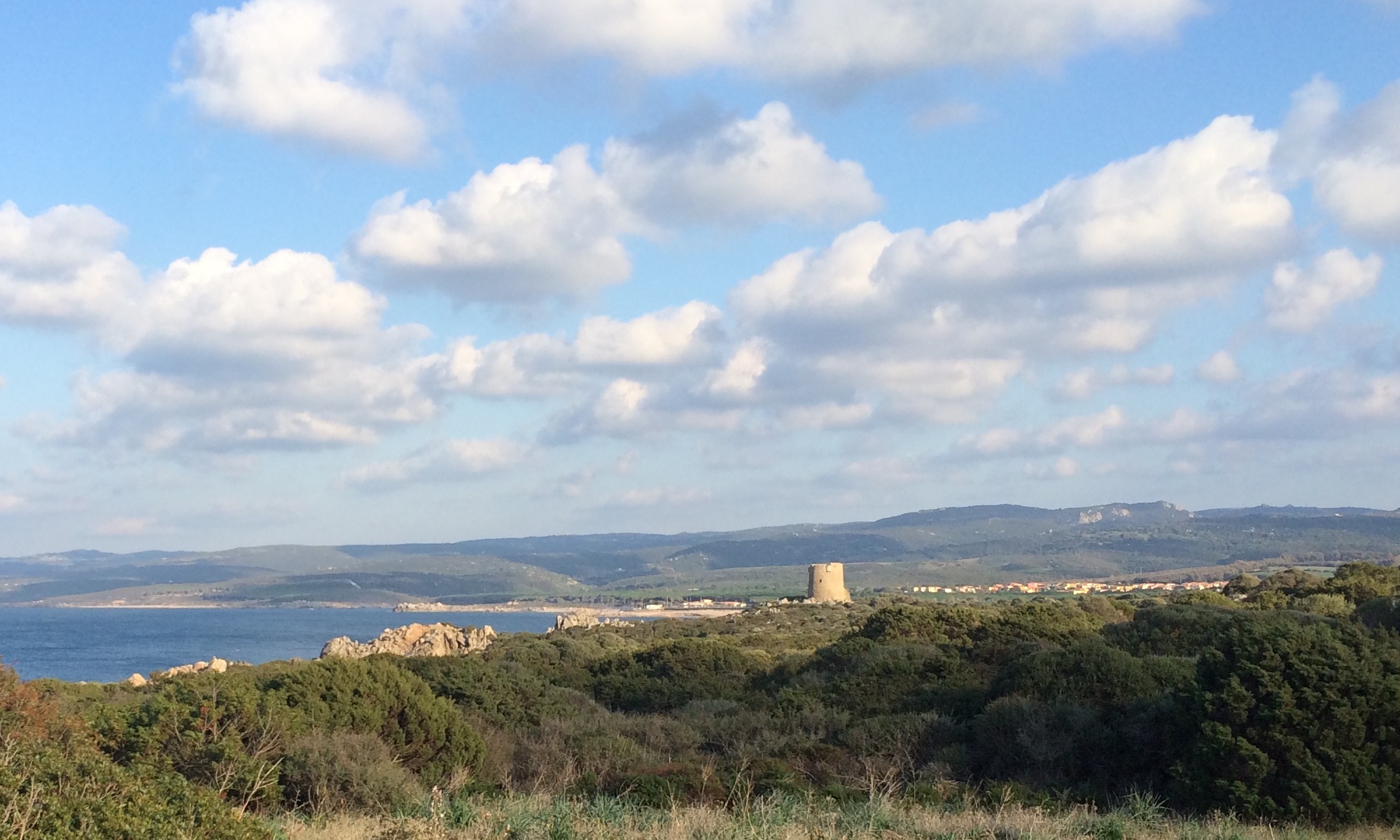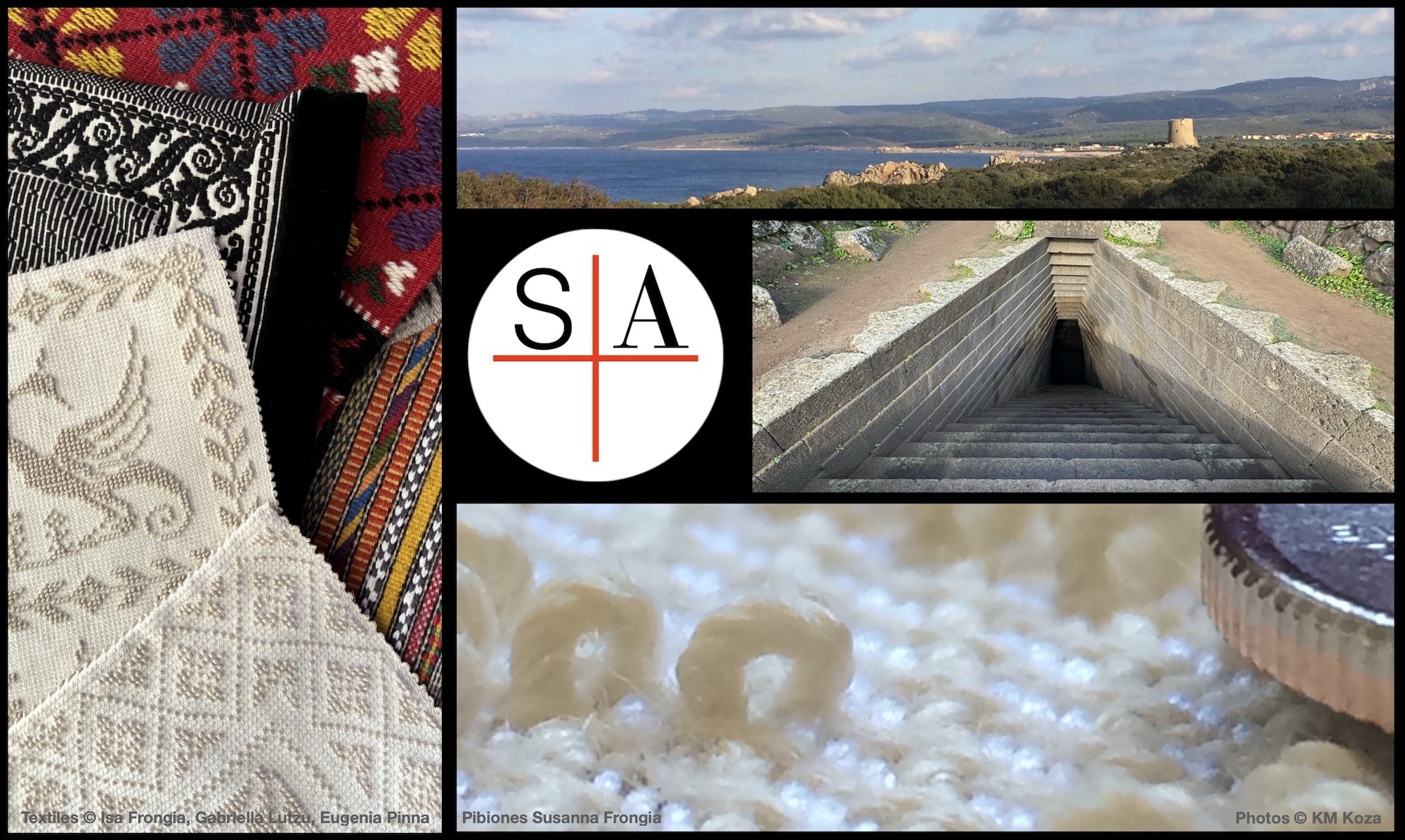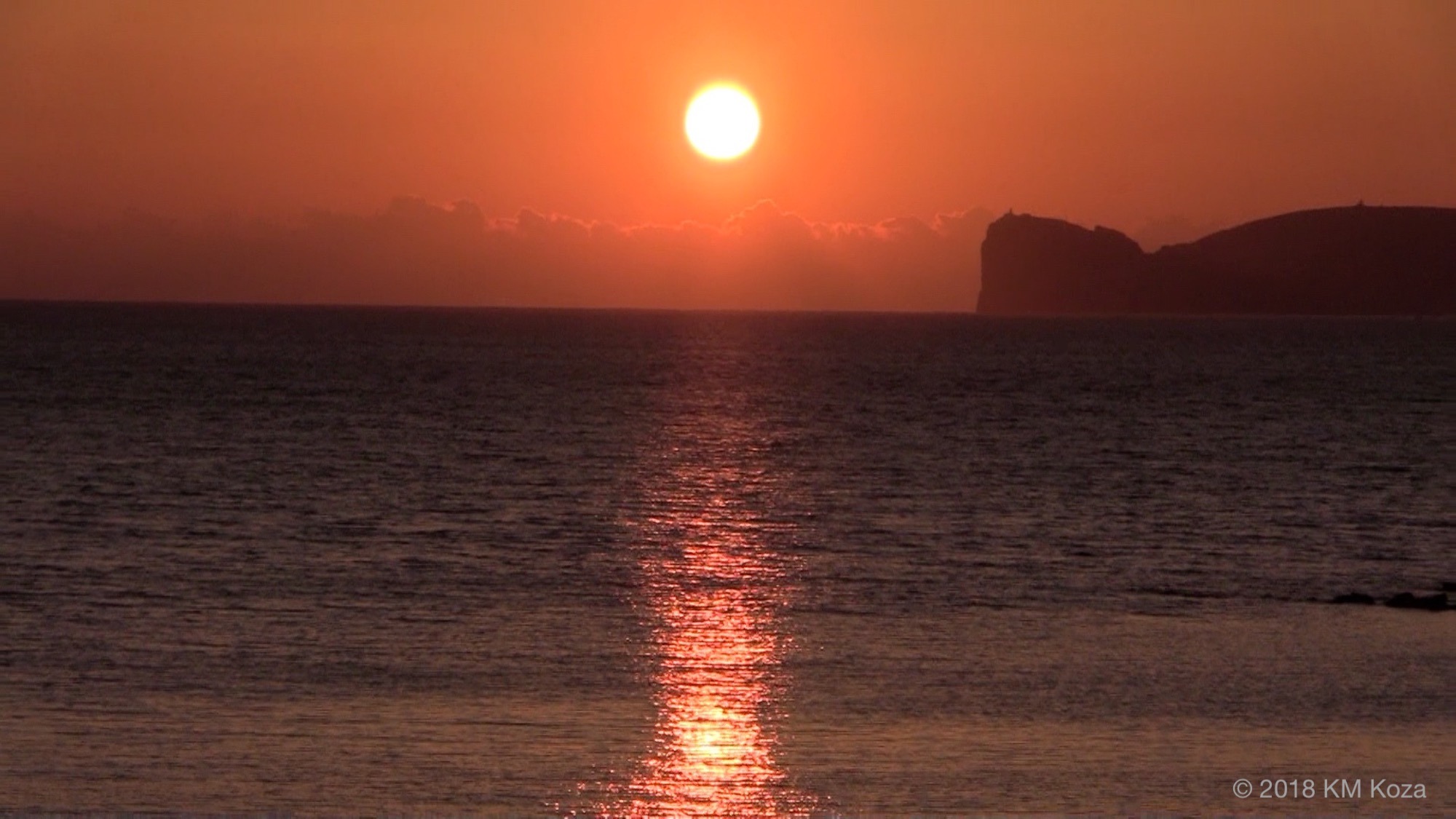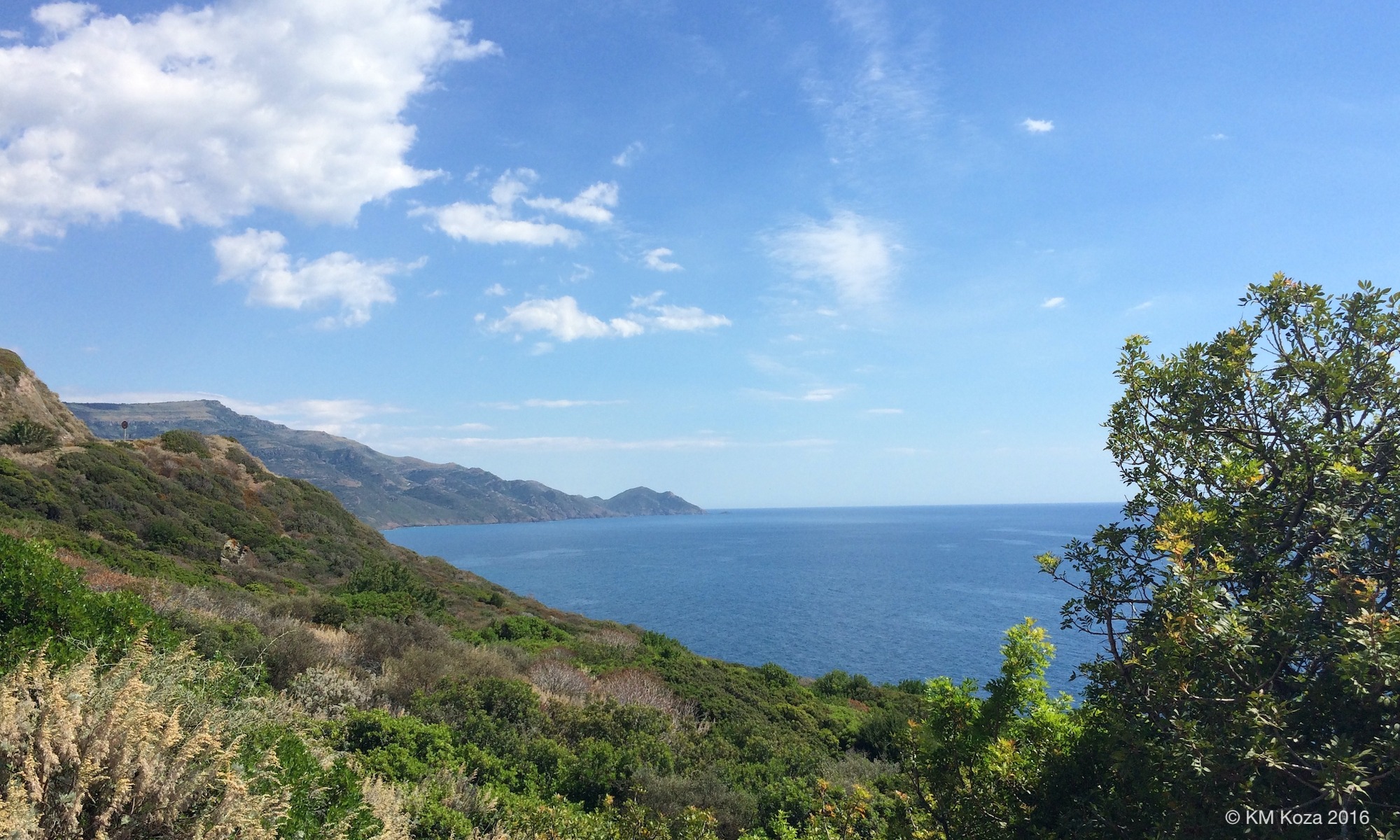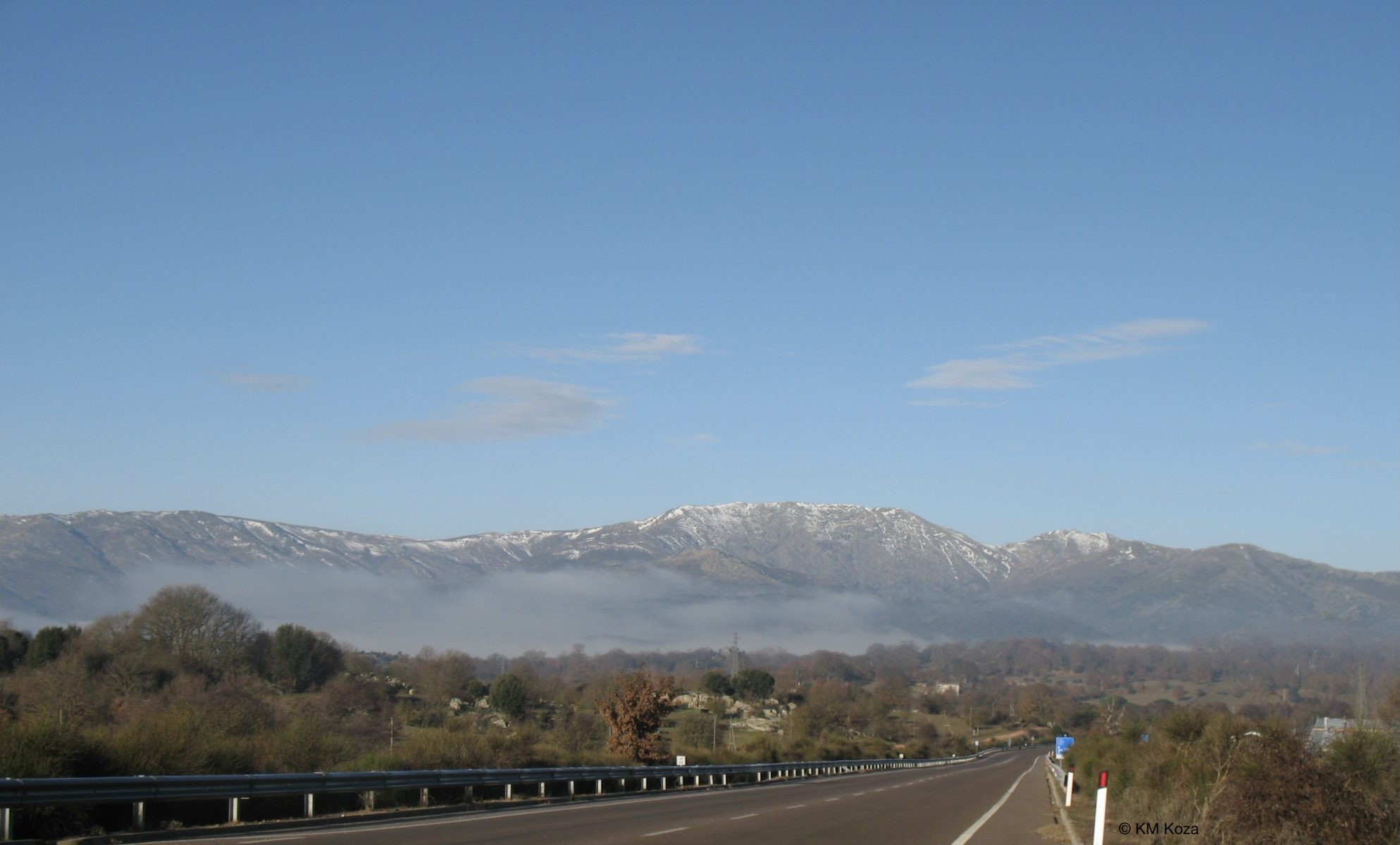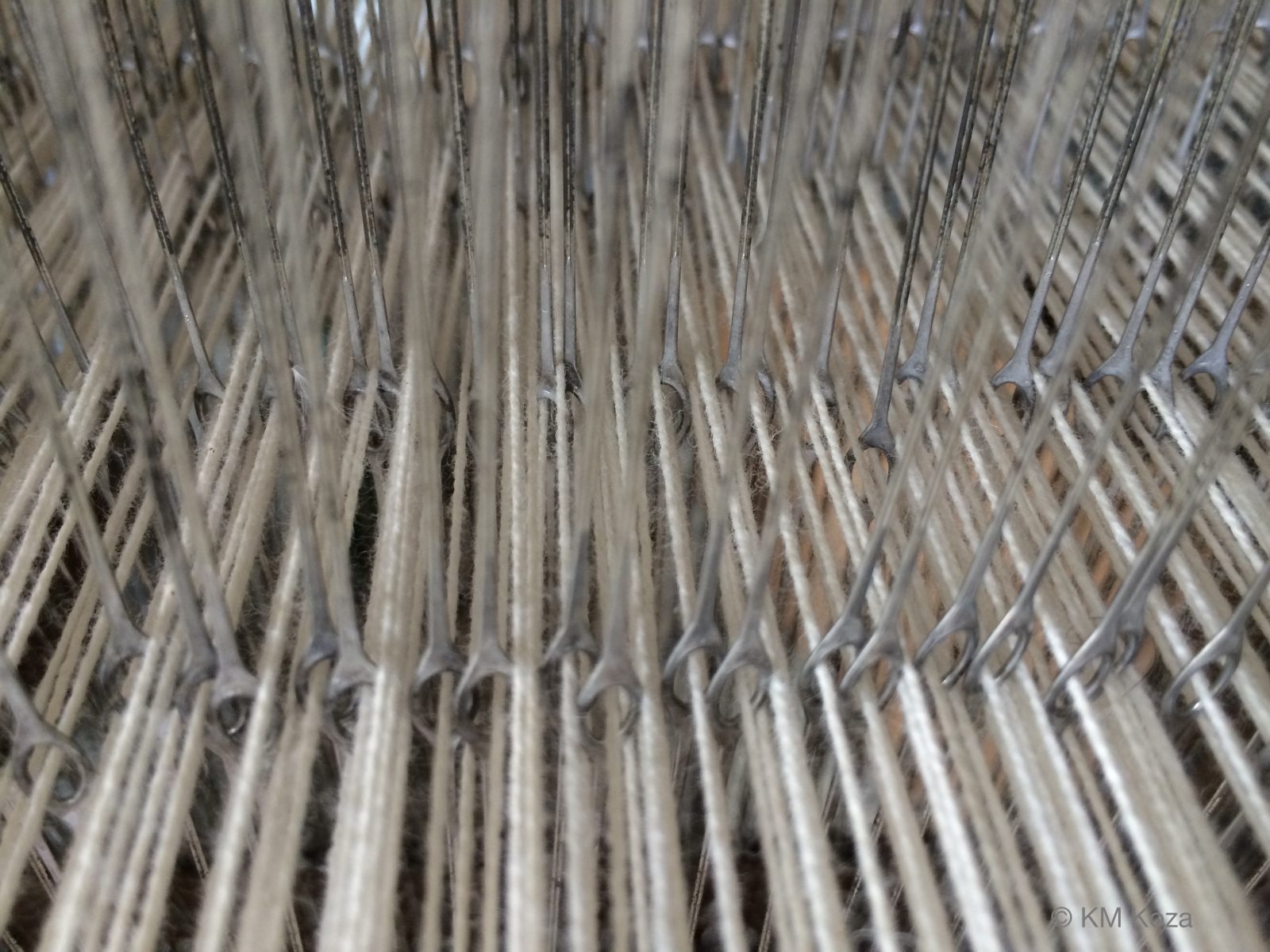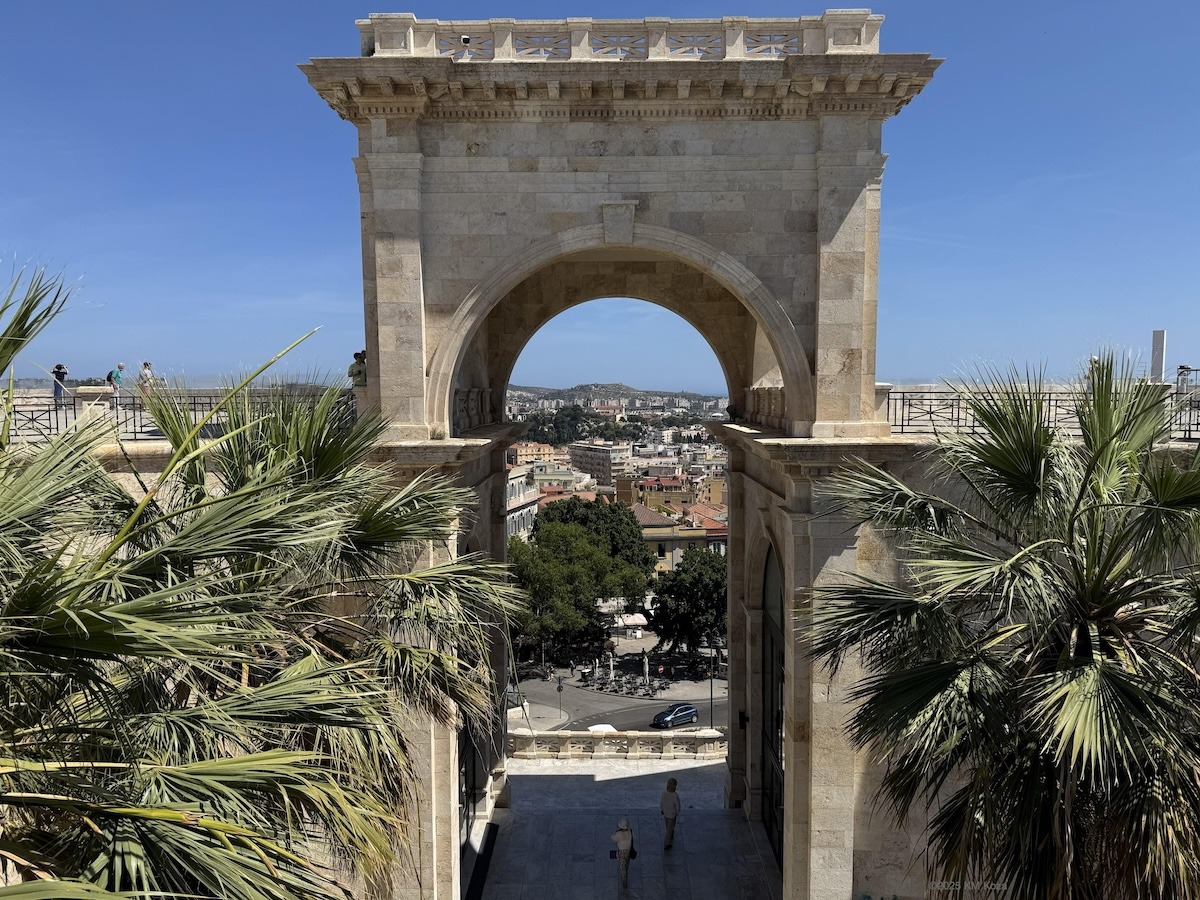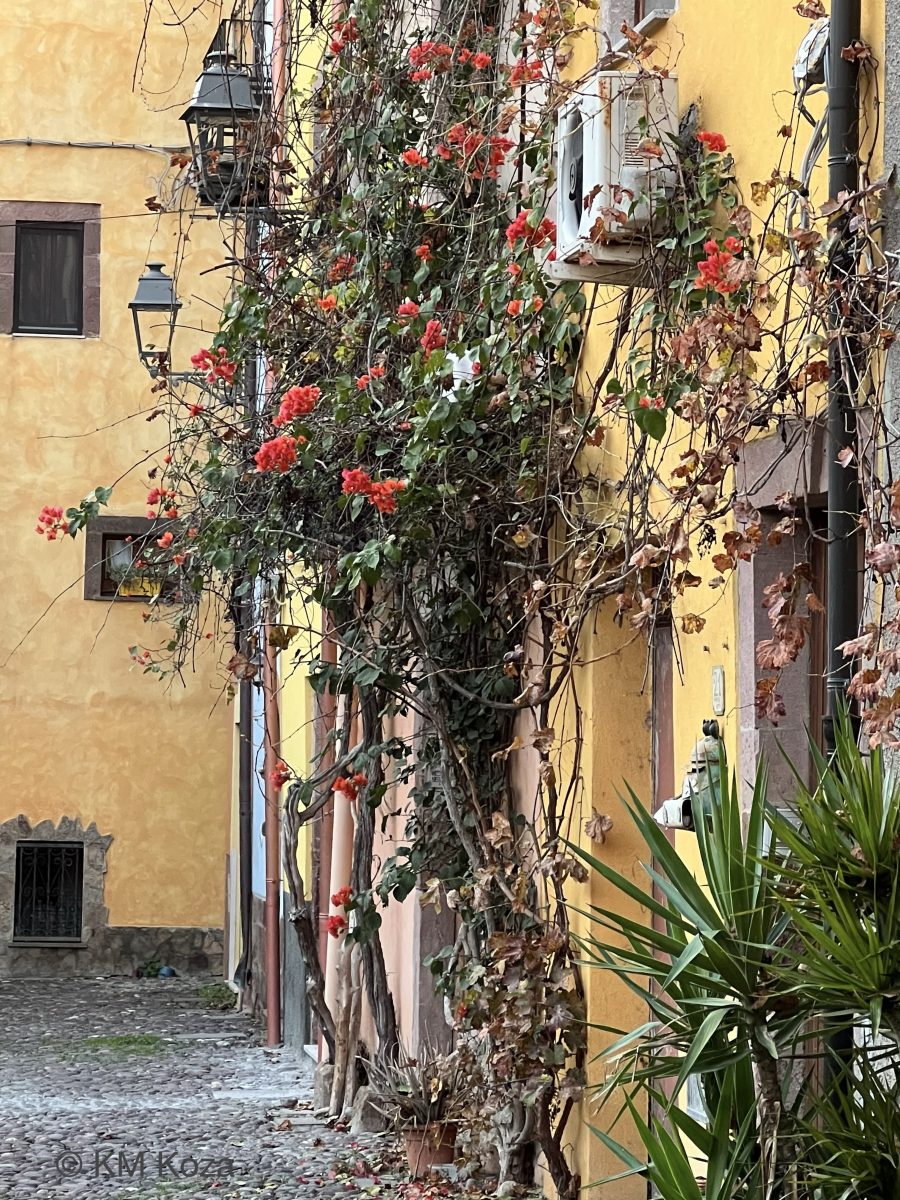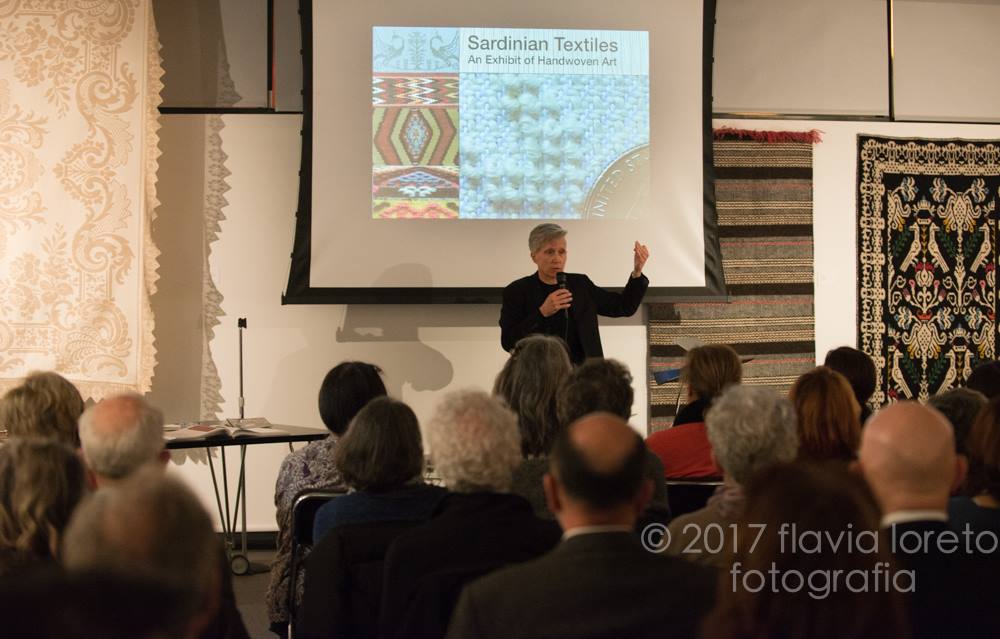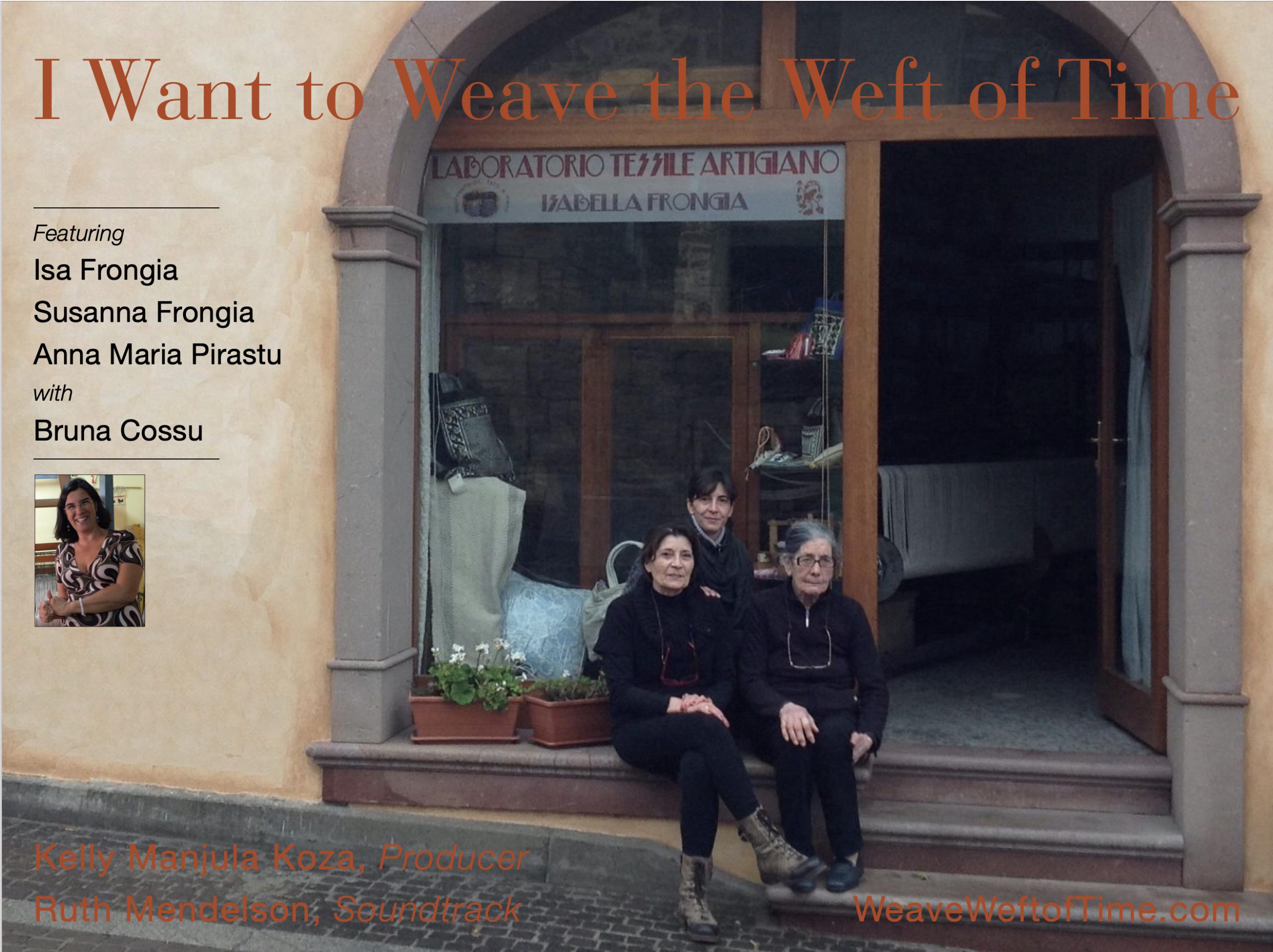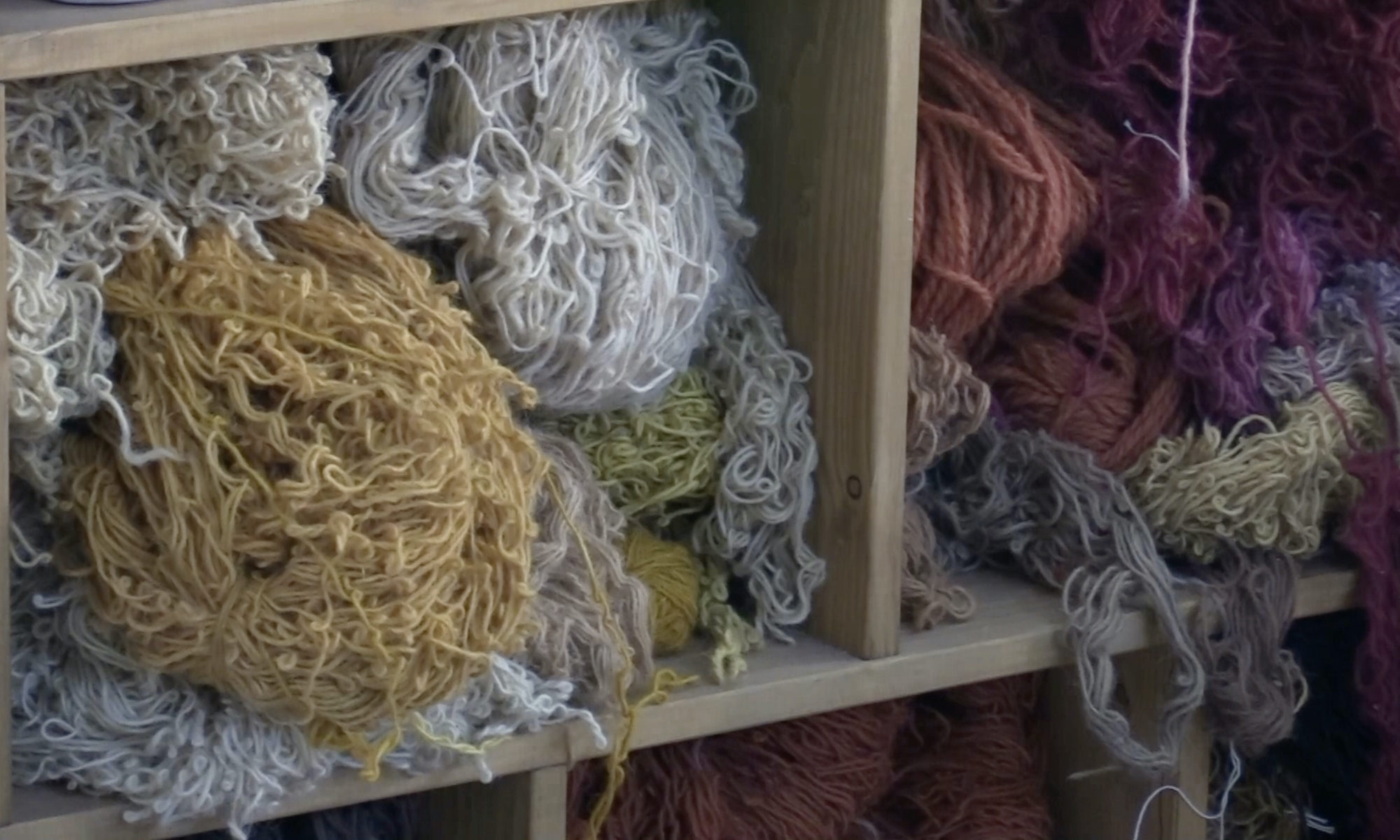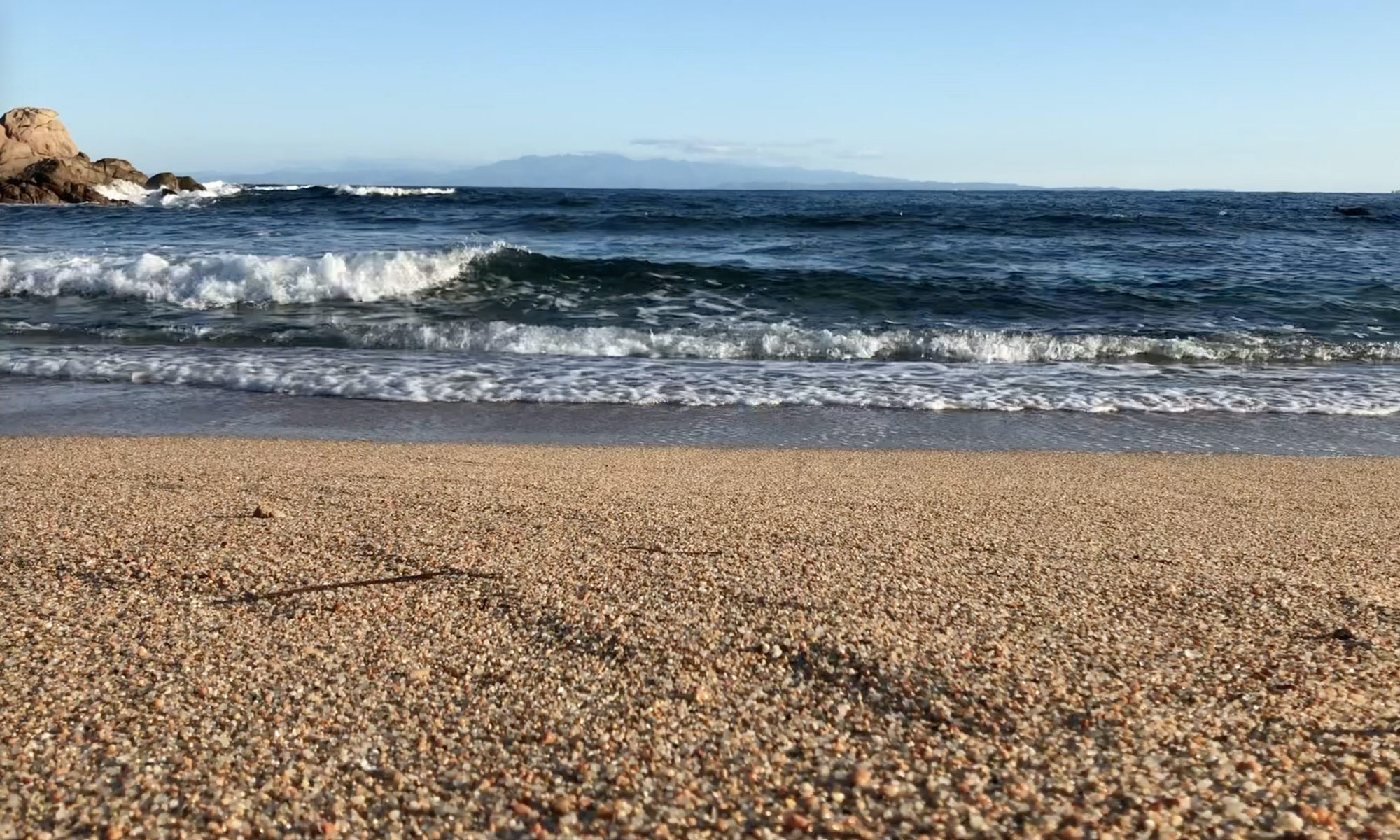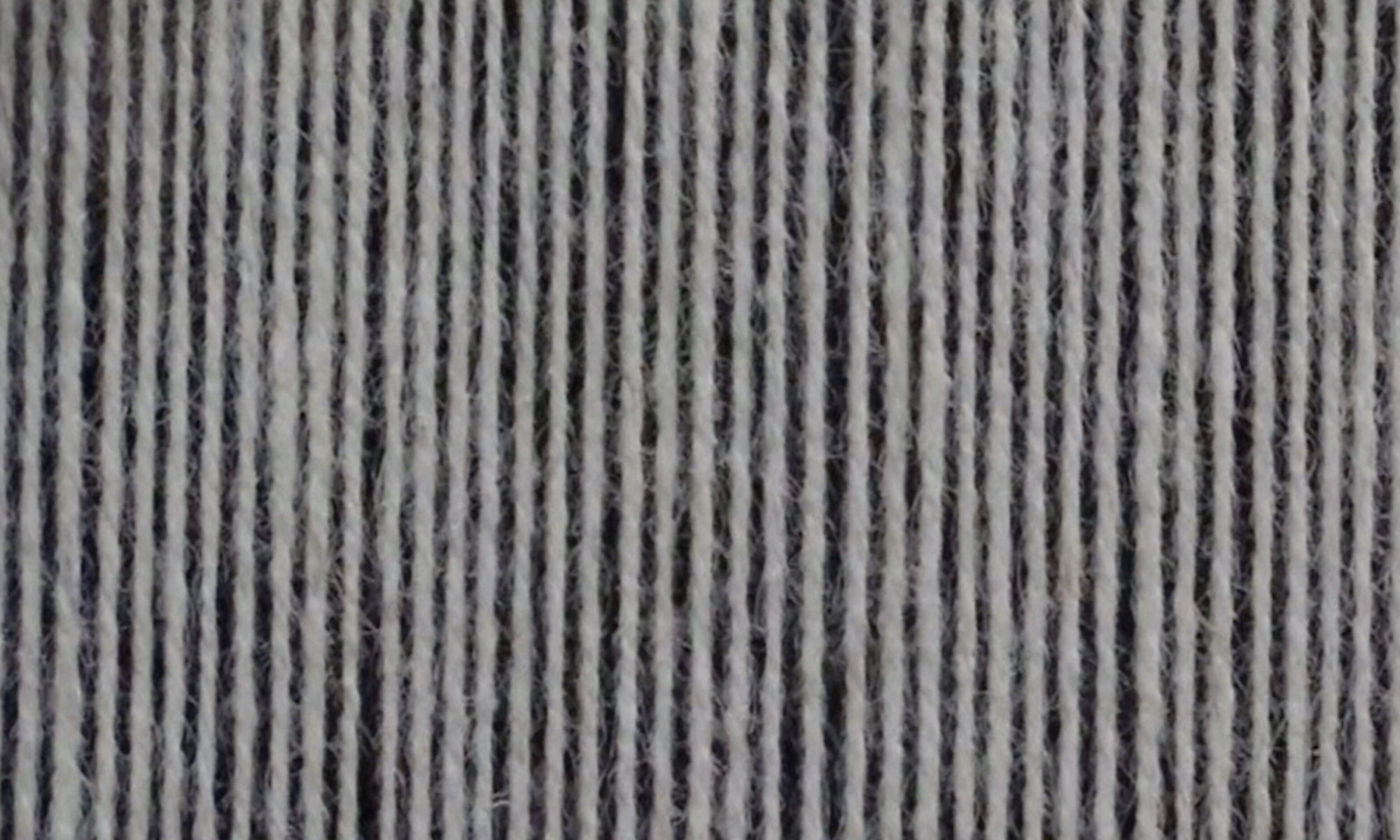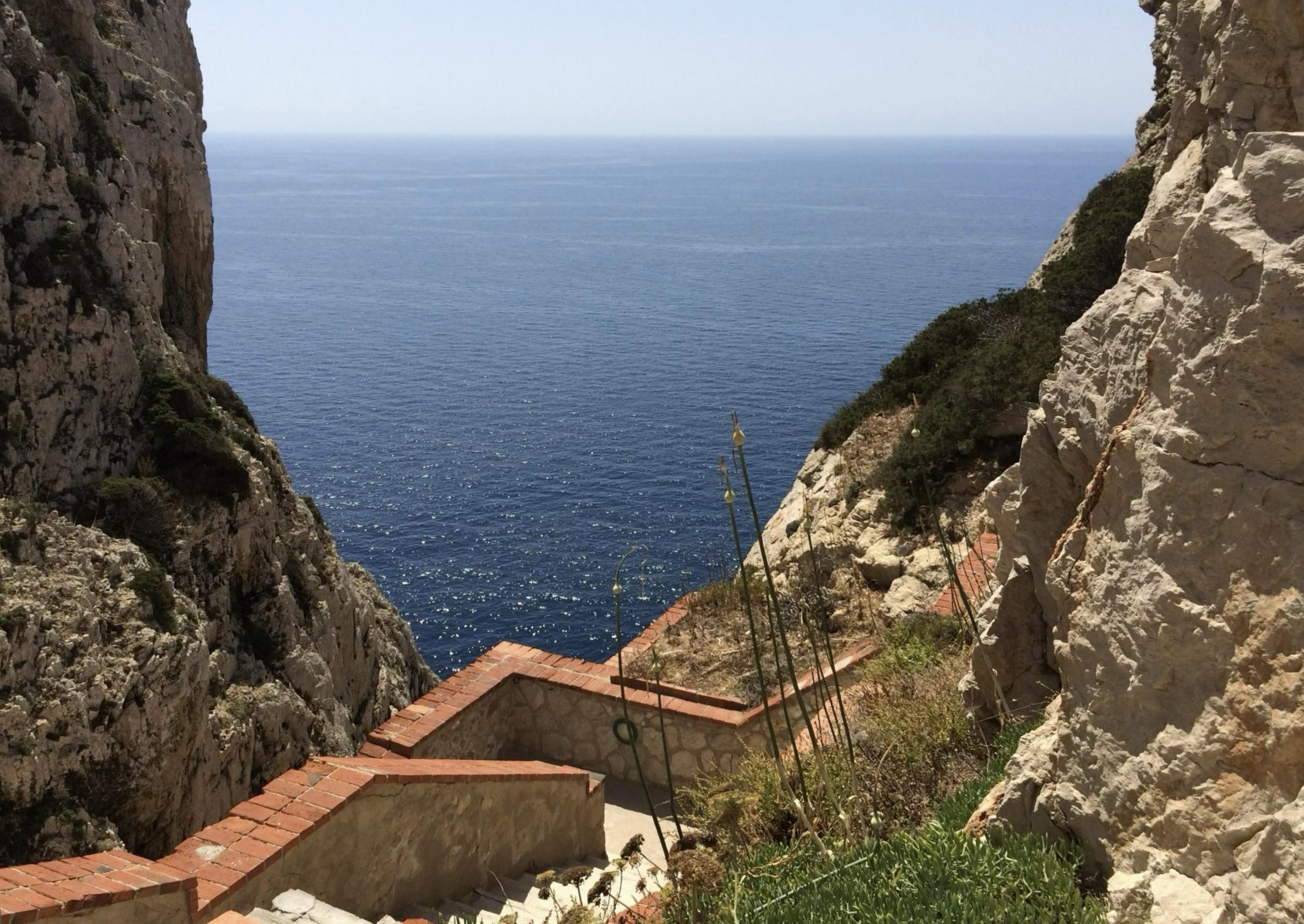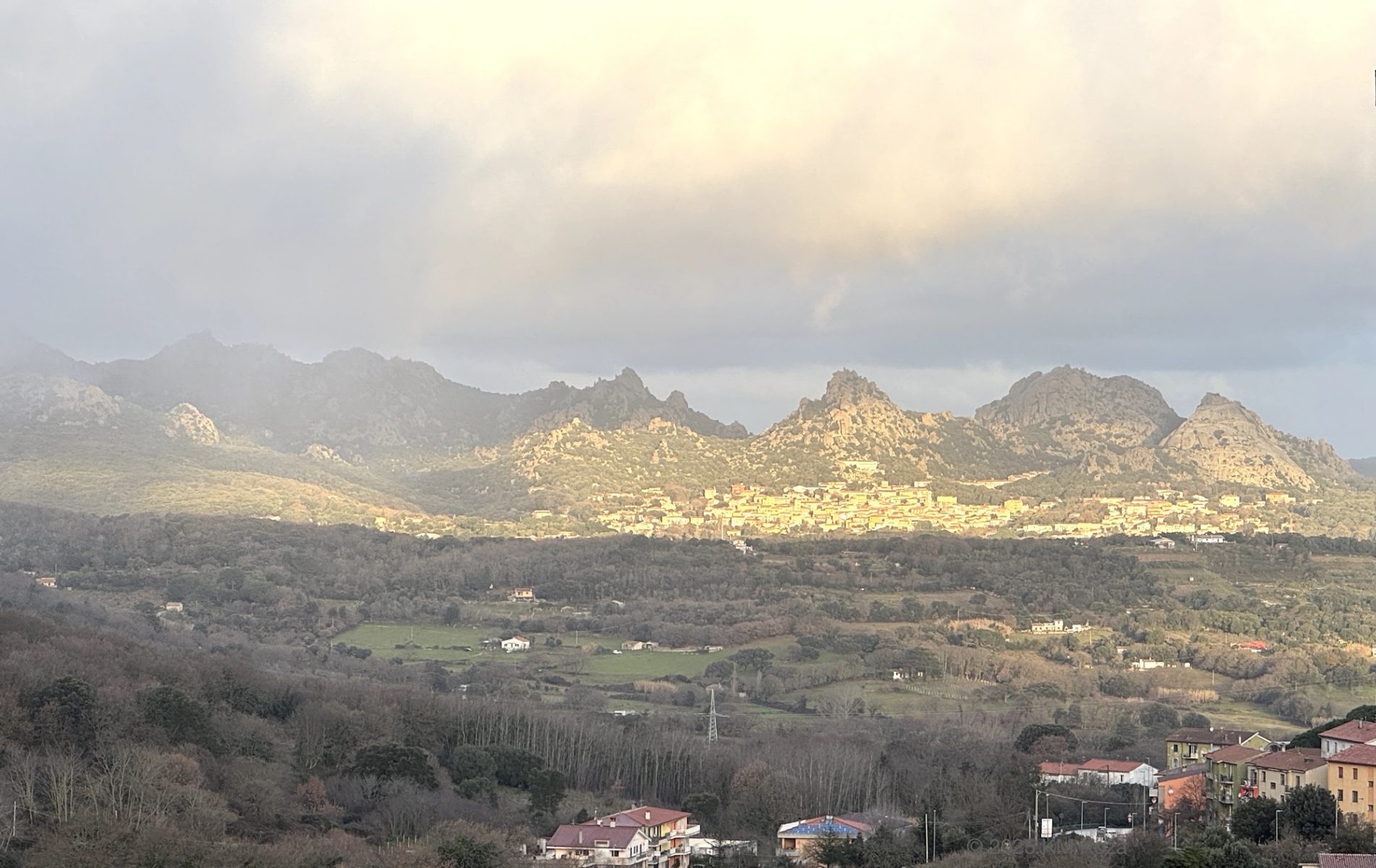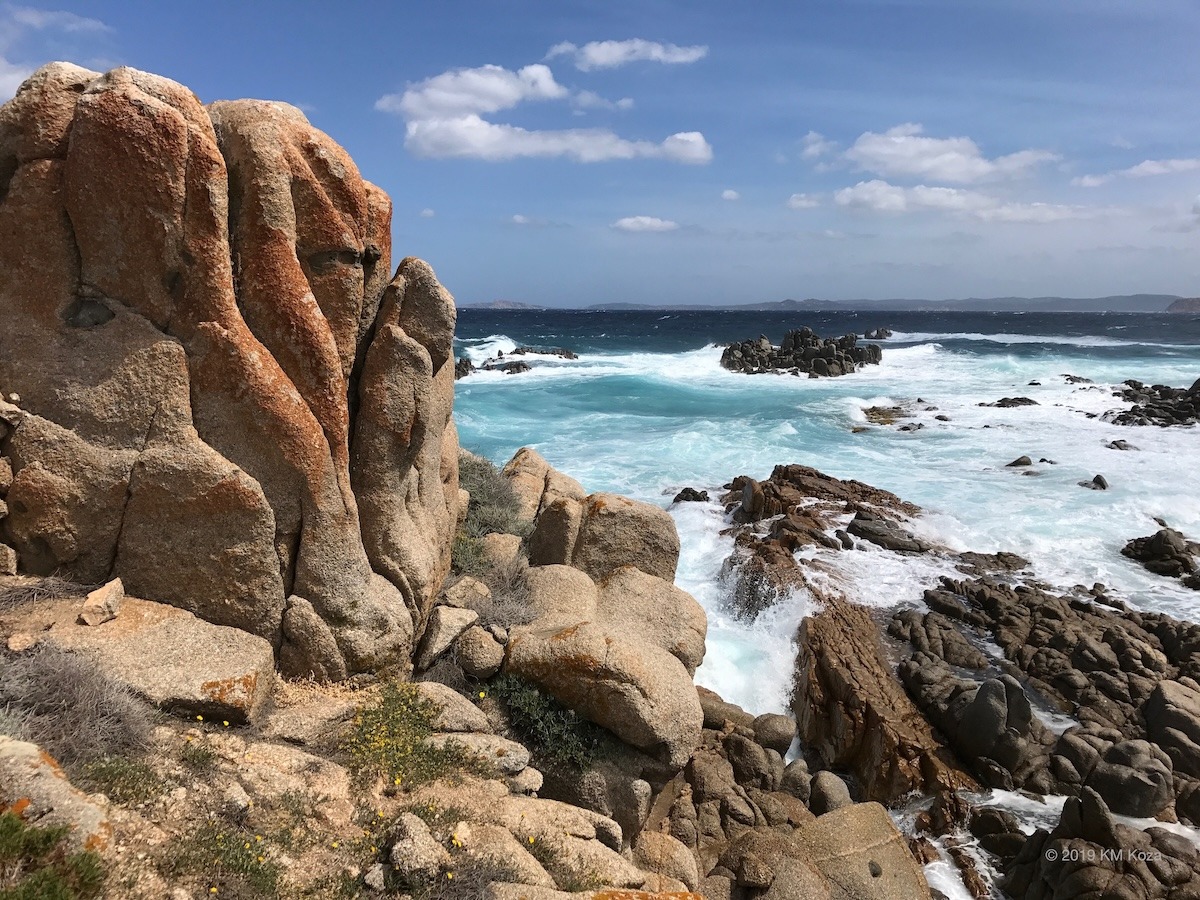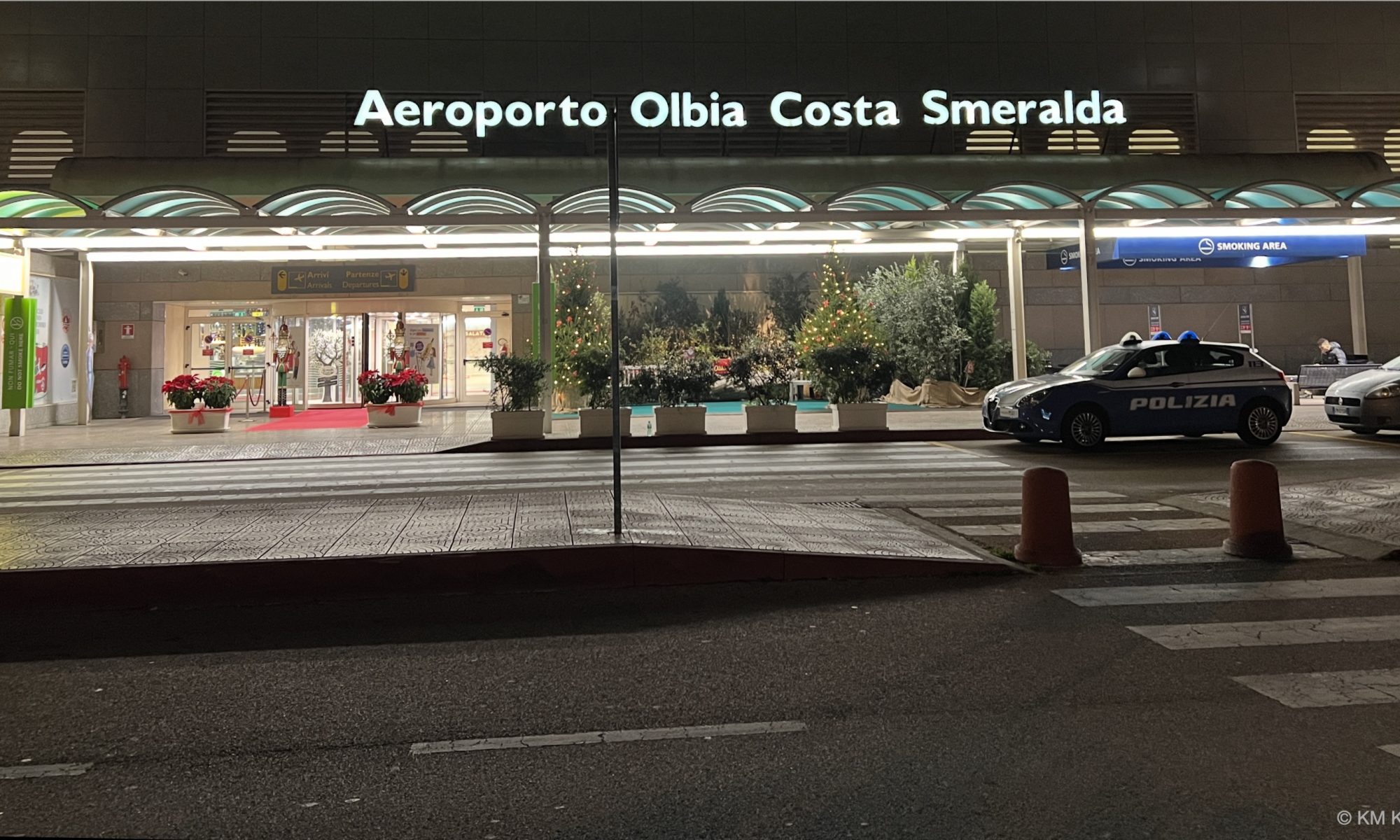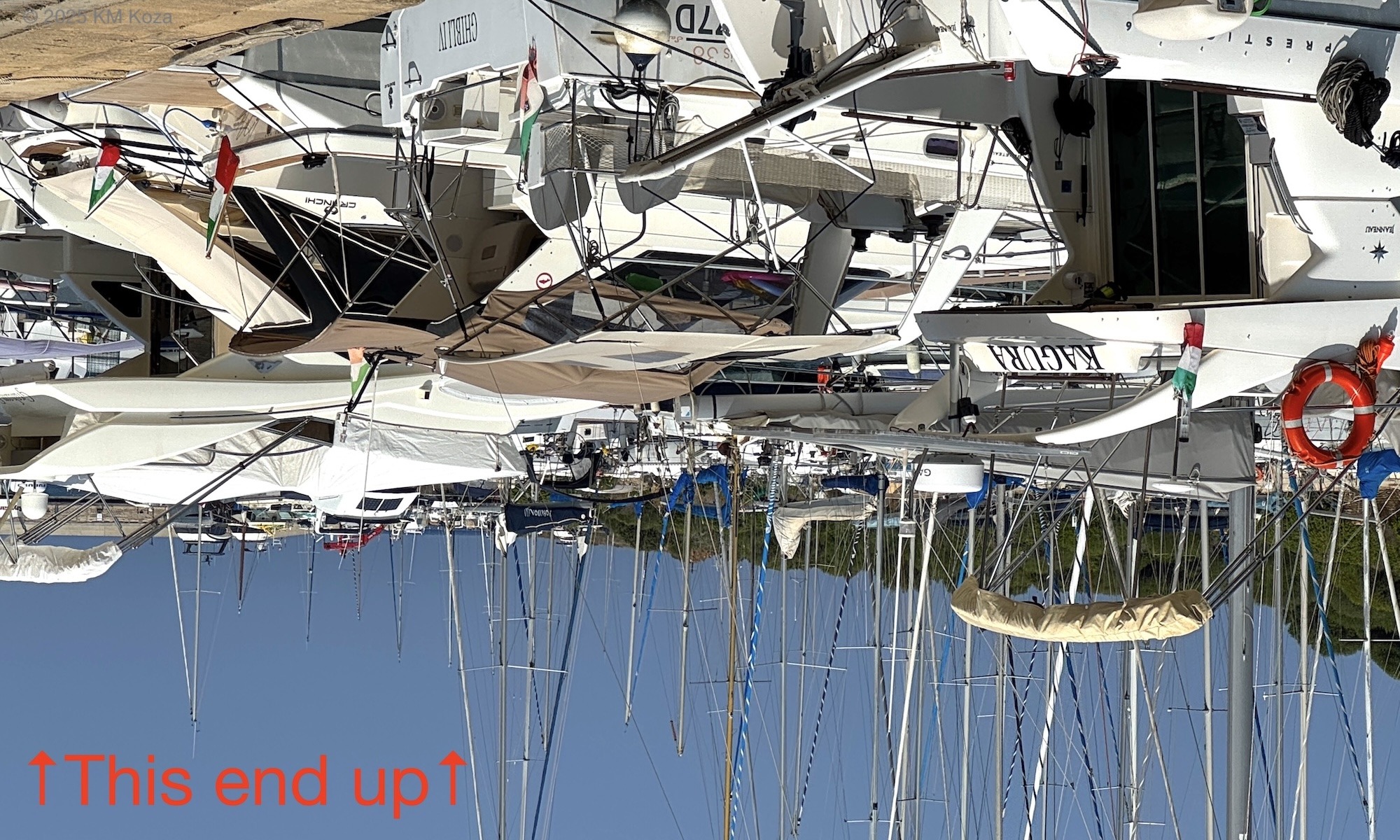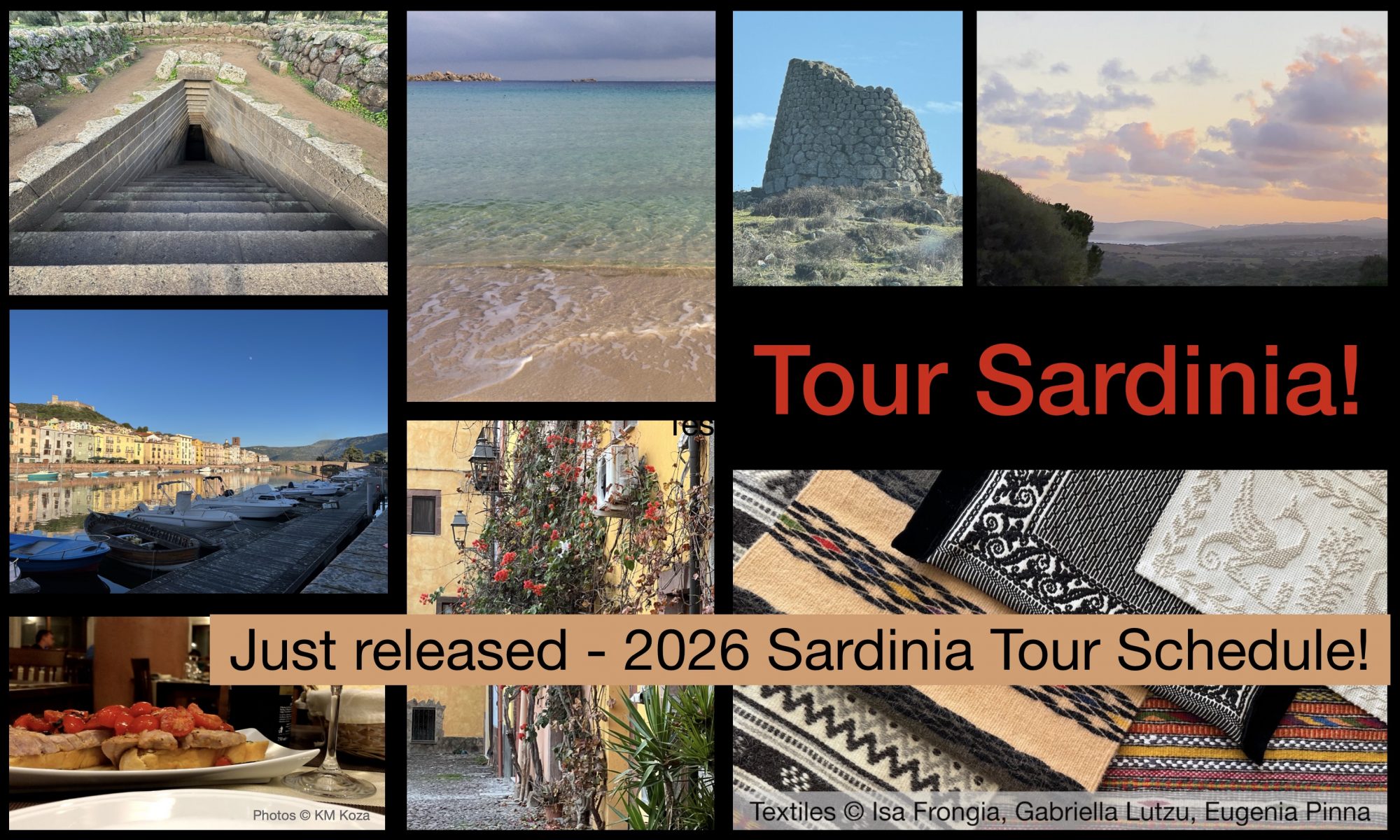I’ve been exploring corners of Sardinia since 2013, and soon I’ll be sharing my love and favorite people, places, and experiences with you on these tours!
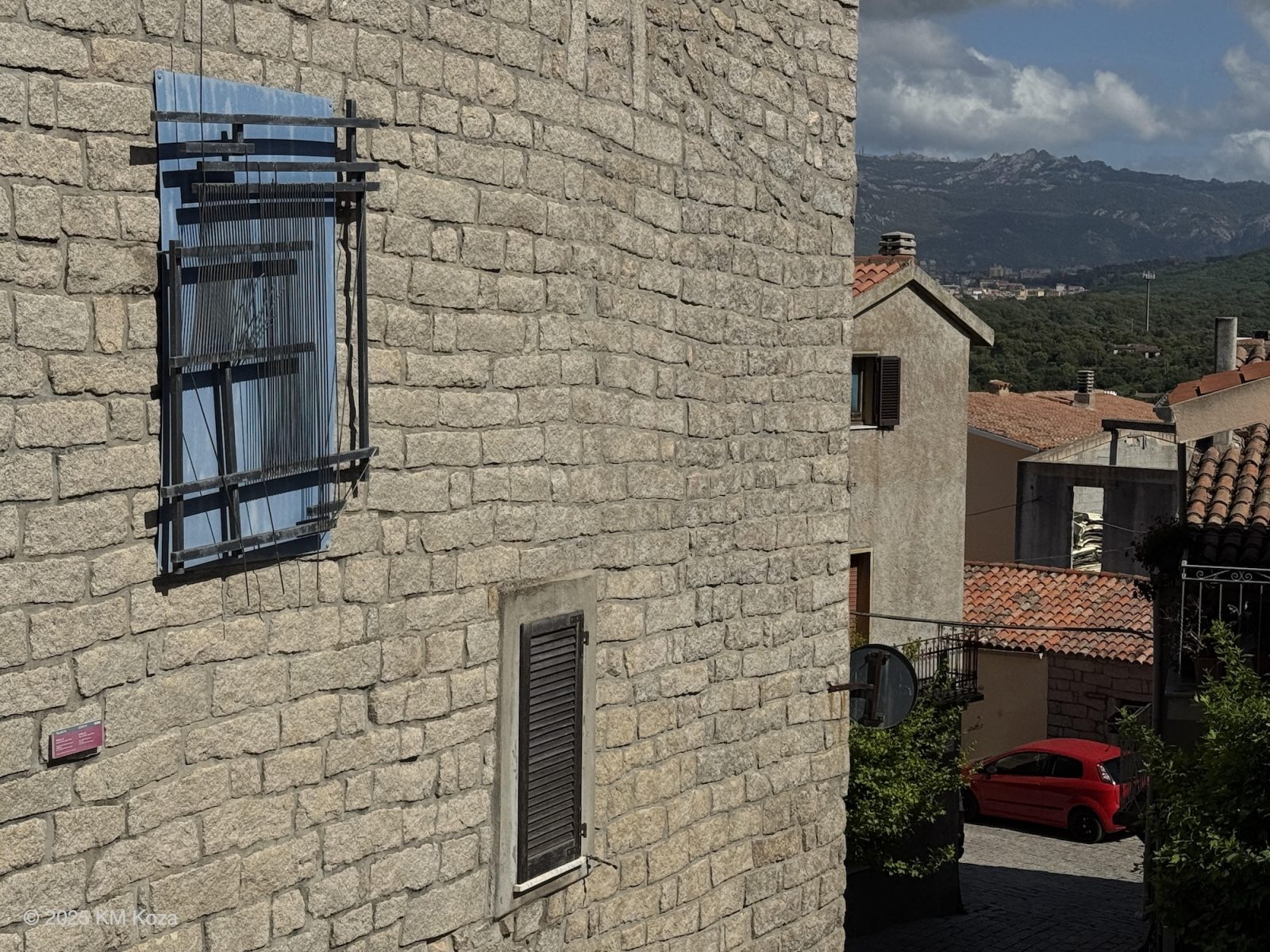
Transcript
Welcome to another episode — and thanks for tuning in!
You may have seen on the website that I’ve organized several tours for those of you who want to explore Sardinia in 2026. I’m excited about these, primarily because I’m really looking forward to sharing my love of Sardinia and the joy I feel on the island, the experience of being with welcoming, wise, grounded and artistic people, of being in a place where the beauty of land, sea, nature, arts, and culture seeps into everything, and embraces us in a way of being that welcomes and extends our humanity.
I personally designed these tours for travelers who want to experience Sardinia, not merely glimpse what’s generally shown on social media or found in tourist books. I’ve been exploring and getting to know the island and her people more deeply since 2013, and I chose and matched adventures for the tours that will give you unique experiences that expand your appreciation of Sardinia’s natural beauty, culture, history, people, and arts — including food, wine, and — of course — textiles!
Yes, we’ll visit the traditional handweaving artists mentioned on the Sardinian Arts website, including those featured in my film I Want to Weave the Weft of Time. If you’ve wanted to learn the pibiones technique, you’ll have the chance to learn from the living masters! You’ll also learn about Sardinia’s other weaving traditions and techniques, as we’ll visit several weavers in their studios in different areas of the island. While you can try your hand behind a loom, these are tours to introduce you to the artists and their ways, not workshops where you’ll create a textile to bring home. I do, however, encourage you to purchase finely woven textiles or other items directly from the artists we visit!
In addition, we’ll visit some fibers-related shops and explore wonderful museums that have inviting displays of traditional clothing from across the island, and allow us to immerse ourselves in ethnographic experiences of the everyday life and tools of Sardinia through recent centuries. We’ll see the history of several other arts and learn about cheese-making, food-preparation, and more. We’ll also have hands-on experiences beyond textiles, such as learning how to make — and making —several varieties of traditional Sardinian pasta shapes with a master chef.
Even if you’re not a textile artist, there’s a tour and adventure for you.
We’ll explore places rarely traveled by visitors and also take in some of Sardinia’s well-known and often breathtaking landmarks. We’ll visit prehistoric nuraghe, the famous towers that dot Sardinia, some still standing tall, some not so intact. Many are unique structure; some have attached settlements. We’ll see tombs of the giants and sacred wells, millennia old, that are aligned with lunar phases. Some of these wells, as well as sacred fountains, have been used by succeeding civilizations, such as the fountains in the Roman town of Tempio Pausania —still a thriving town —or the Sacred Seven Fountains in San Leonardo, which became a monastery and hospital for knights returning from the Crusades.
Roman centers and baths with still-accessible hot springs are on the itinerary, and we’ll travel over Roman bridges still in use, and sometimes, on modern highways that follow the routes laid down by Roman roads. We’ll also visit Spanish towers —small castles —and historic city centers with roots hundreds – or sometimes thousands – of years old. As we travel, we pass so many monuments, churches, and towns of different ages that it’s impossible to stop at each one we see! The scenery of the island is diverse, and as we move from region to region, we go from sea-facing cliffs to beautiful vistas of il mare, to inland, rich with forested hills, rough mountains, and high plains, then back to dramatic areas of expansive seashore rising into rugged mountains.
We’ll spend some time relaxing at indescribable beaches —Sardinia has many of the beaches listed as the most beautiful in the world —and take short walks to absorb nature’s scents and sights along the seashore. We’ll also spend time in old city centers, where you’ll experience stone-lined streets, quaint alleys, centuries-old buildings housing exquisite restaurants, tiny arts shops, and more. We’ll stay in beautiful hotels and country estates with exquisite home-prepared food and wine — there is so much to delight your mind, senses, and spirt! On one of the tours, weather permitting, we’ll even take a boat ride to a stunning cave at the base of an oceanside cliff —and take a tour inside the cave! Sardinia is both rough and gentle, and there’s so much to see, sense, and feel that it’s hard to describe.
While we experience much, the trips have a relaxed pace so that you can better feel and imbibe Sardinia’s unique essence. Itineraries are a bit flexible to ensure we can take advantage of any synchronistic opportunities to attend micro-local events that may pop up, or adapt if the weather surprises us. I personally organize and direct each tour, based on my experiences and knowledge of the island, to provide amazing, memorable, and relaxing experiences you’ll treasure. An assistant tour director will accompany me, and Sardinian guides and artists will share their expertise as we move through the island. Groups are limited to a maximum of 12 guests, which enables us to get to know one another comfortably. The small group size also ensures we won’t overwhelm our hosts or the locations we visit. During registration, I’ll also talk with each guest to ensure the tour is the right fit for you.
I’ve planned two tours for 2026, one in the spring, and one in the fall. The May tour emphasizes Sardinian handweaving while also bringing us to natural, historic, and sacred spaces of the island. The October tour explores handweaving and other arts, and offers a few more excursions to natural, historic, and sacred spaces. Both tours are definitely for travelers who want to gain understanding and have experiences that are not found on the typical Sardinian tourist itinerary!
As I said at the start of this episode, I’m really looking forward sharing my love of Sardinia and the people and places we visit with you on these tours. So, if you’re a traveler — it doesn’t really matter if you are a weaver or a textile aficionado or just a lover of culture, if you’d like to experience Sardinia and the island’s beauty, art, culture, history, nature, textiles, and people, do come join me on a tour! See SardinianArts.com/Tours for more info, and email me at KMK (at) SardinanArts (dot) com if you’d like to come to a Q&A session about the tours, or know more.
I look forward to hearing from you — and to having you join a tour with me.
Credits
Podcast content and photos © Kelly Manjula Koza, unless otherwise noted.
Podcast music by Ruth Mendelson, excerpted from the score Ruth created for the film I Want to Weave the Weft of Time.
Textiles © Isa Frongia, Gabriella Lutzu, or Eugenia Pinna unless otherwise noted.
Please contact Kelly Manjula Koza for inquiries about reuse or reproduction.
See SardinianArts.com/Podcasts for more information
